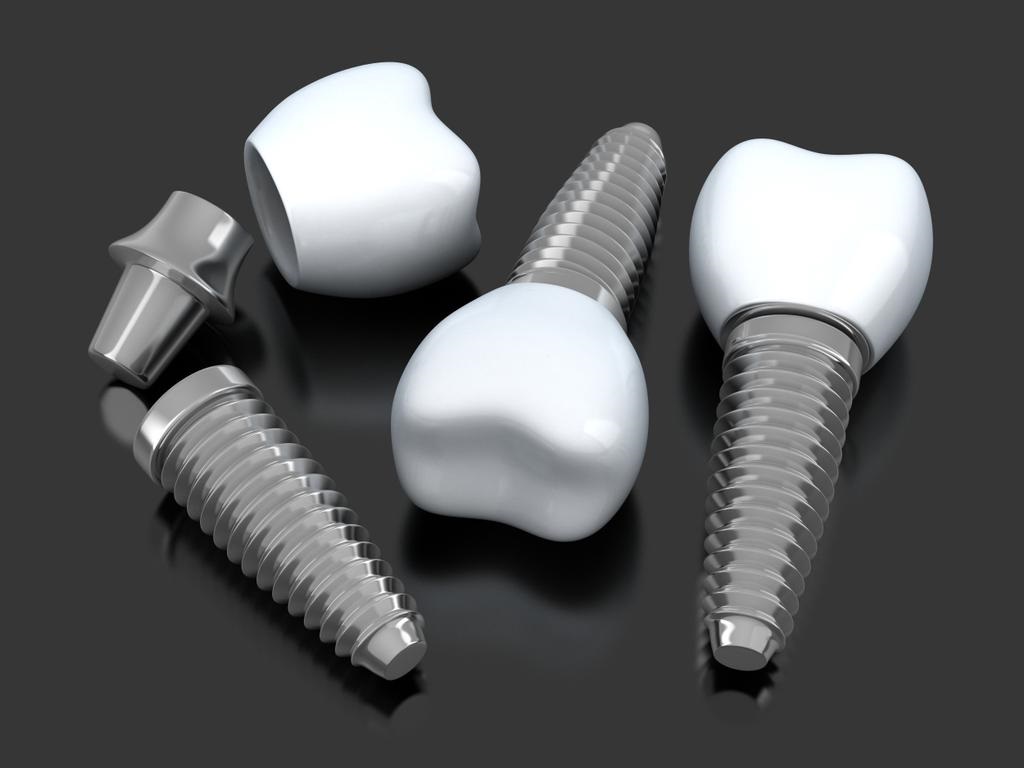Dental implants are an increasingly popular way to replace missing teeth. Unlike dentures or bridges, which rely on the surrounding teeth for support, dental implants are anchored directly into the jawbone. This gives them a much more secure fit and makes them feel more like natural teeth. But how exactly do dental implants stay in place? Check out the dental implants website to know more.

How Do Dental Implants Work?
Dental implants are small metal posts that are surgically placed into the jawbone under the gums. Once in place, they allow your dentist to securely attach replacement teeth or a dental bridge.
Dental implants are usually made of titanium, a metal that is well tolerated by the body. Over time, the bone grows around the implant, anchoring it securely in the jaw.
The first step in the dental implant process is the placement of the implant into the jawbone. This is usually done in the dentist’s office with local anesthesia. Once the implant is in place, the gum is sutured closed.
The next step is to allow the implant to fuse with the bone. This process, called osseointegration, can take several months. During this time, it is important to avoid putting any pressure on the implant as it heals.
Once the implant has fused with the bone, the dentist will place a small connector post, called an abutment, on top of the implant. The abutment is then used to secure the replacement tooth or dental bridge.
The entire dental implant process can take several months, but it is worth the wait for the many benefits that dental implants provide. Dental implants are the closest thing to natural teeth and can give you back your smile and your confidence.
How Do Dental Implants Stay in Place?
The implants are placed into the jawbone through a small incision in the gum. Once they are in place, the gums are stitched up and given time to heal. The healing process can take several months. During this time, the bone and tissue around the implant will fuse to the implant, making it a permanent part of the jaw.
Once the implant has fused to the jawbone, a small connector piece called an abutment is placed on top of it. The abutment is what will hold the replacement tooth in place. The replacement tooth (or teeth) is then placed on top of the abutment.
Dental implants are a very strong and stable way to replace missing teeth. They are firmly anchored in place and should last a lifetime with proper care.
Can Dental Implants Get Loose During the Healing Process?
The osseointegration process can take several months, during which time the implant is slowly getting stronger and more secure in the jawbone. However, it is possible for dental implants to become loose during this healing period.
There are a few reasons why this can happen. First, it is possible for the implant to be placed in the jawbone incorrectly. If the implant is not placed at the right angle or depth, it will not fuse correctly with the bone. This can cause the implant to become loose over time.
Another reason why dental implants can become loose during the healing process is because of infection. If the area around the implant becomes infected, it can cause the implant to become loose. Infection is more likely to occur if the implant is placed in an area where there is already an infection, such as the gums.
Finally, it is also possible for the implant to become loose because of the way the crown is made. If the crown is not made correctly, it can put pressure on the implant, causing it to become loose.
If you have dental implants, it is important to keep an eye on them during the healing process. If you notice that they are becoming loose, you should contact your dentist right away. They will be able to determine the cause of the problem and fix it so that your implants can heal properly.
Back to top: How Do Dental Implants Stay in Place?

